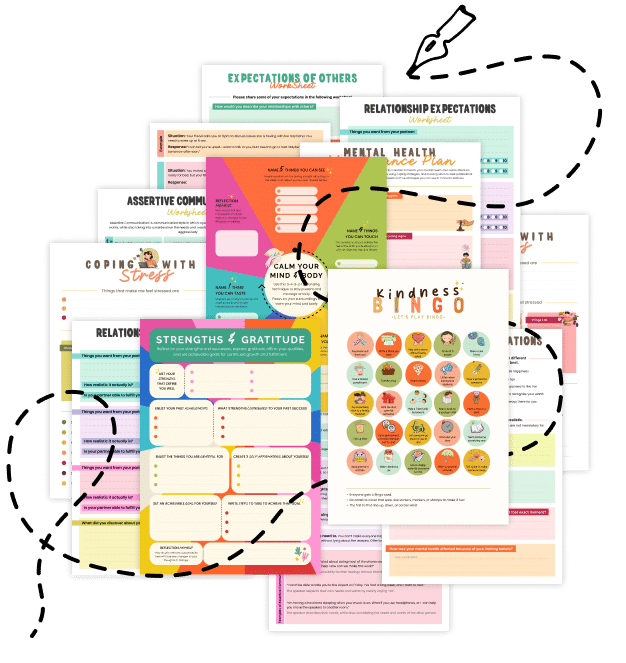20 Things You Should Know About Perspective Flexing
Enhance your mental agility and decision-making by exploring Perspective Flexing—what it is, why it matters, and how it can transform the way you approach challenges and relationships. Learn to shift your viewpoint for improved creativity, problem-solving, and empathy.
1. What Is Perspective Flexing?
Perspective Flexing is the ability to shift your viewpoint and examine situations from multiple angles, leading to richer insights and more balanced judgments.
2. The Value of Shifting Perspectives
By actively altering your viewpoint, you open yourself up to new ideas and innovative solutions that can improve both personal and professional outcomes.
3. Enhancing Cognitive Flexibility
Practicing perspective flexing strengthens cognitive flexibility, helping your brain adapt quickly to new information or changing environments.
4. Fueling Creativity
Seeing challenges from different angles can spark creative solutions and encourage thinking outside the box.
5. Improving Problem-Solving Skills
When you flex your perspective, you’re better equipped to analyze complex problems and identify unconventional paths to resolution.
6. Building Empathy
Shifting perspective allows you to understand others’ viewpoints, fostering stronger interpersonal connections and enhancing communication.
7. Emotional Regulation
By reframing situations, you can moderate emotional responses, reducing stress and enhancing emotional well-being.
8. Learning from Setbacks
Viewing failures as opportunities to gain new insights allows you to bounce back stronger and more informed.
9. Overcoming Cognitive Biases
Challenging your own assumptions through perspective flexing helps dismantle biases that may cloud your judgment.
10. Integrating Mindfulness
Mindfulness practices can support perspective flexing by making you more aware of your habitual thought patterns and open to alternative views.
11. Flexibility in Decision Making
A flexible mindset allows you to weigh various options carefully, leading to more balanced and thoughtful decisions.
12. Strategic Thinking
Leaders use perspective flexing to anticipate challenges and identify long-term opportunities in dynamic environments.
13. Cultivating Open-Mindedness
Regularly shifting your perspective nurtures an open mind, making you more receptive to learning and growth.
14. Enhancing Interpersonal Communication
Understanding multiple viewpoints can lead to clearer and more empathetic communication with colleagues, friends, and family.
15. Adaptive Learning
Perspective flexing supports lifelong learning by encouraging you to question established ideas and integrate new knowledge.
16. Perspective Flexing Role in Conflict Resolution
By considering all sides of an issue, perspective flexing aids in de-escalating conflicts and finding common ground.
17. Daily Practices for Perspective Shifts
Simple habits—like journaling, meditation, or seeking feedback—can help you develop a routine of exploring alternative viewpoints.
18. The Role of Curiosity
Embracing curiosity motivates you to question your assumptions and explore different angles in everyday situations.
19. Leveraging Perspective Flexing Professionally
In the workplace, leaders and teams that practice perspective flexing tend to be more innovative, resilient, and adaptable.
20. Related Topics to Explore
- Attentional Set Shifting – Discover how shifting focus between different tasks can enhance cognitive agility.
- Emotional Granularity – Learn to identify and understand subtle differences in your emotional responses.
- Cognitive Defusion – Find out how distancing yourself from unhelpful thoughts can improve clarity.
- Context-Dependent Memory – Explore how memory can change with different environmental cues.
- Mind-Wandering Mode – Understand the balance between focused work and creative, spontaneous thought.
Quick Tips to Boost Your Perspective Flexing
- Practice Mindfulness: Regular meditation or mindful pauses can help you become aware of your default perspectives.
- Challenge Assumptions: Ask yourself “What if?” questions to explore alternative viewpoints.
- Engage in Diverse Conversations: Interact with people who have different experiences and backgrounds.
- Reflect Regularly: Keep a journal to record instances where shifting perspective led to new insights.
- Experiment with Creative Outlets: Try activities like drawing or storytelling to see situations in a fresh light.
Embrace these insights and tips to unlock the power of Perspective Flexing, empowering you to approach life’s challenges with a more open and innovative mindset!


